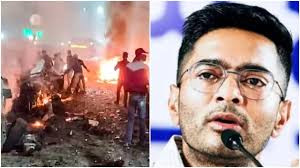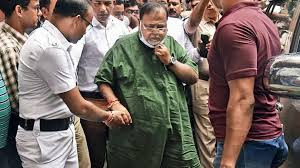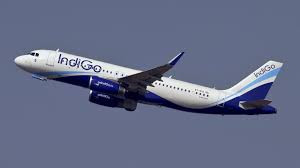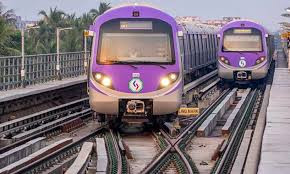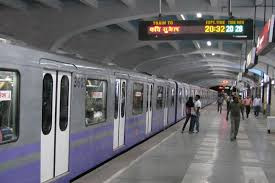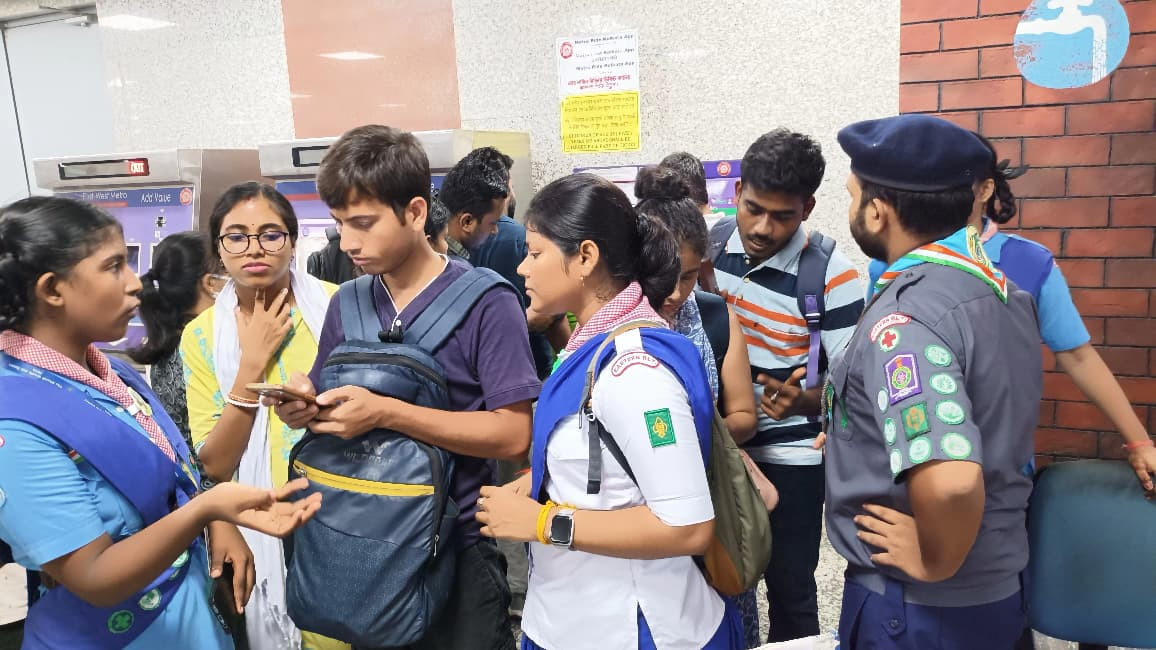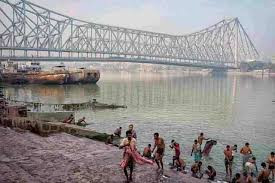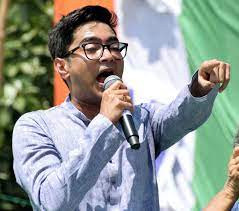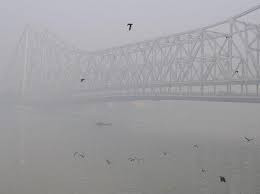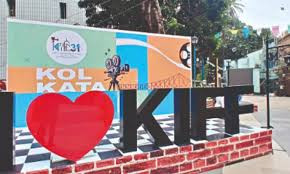Bharat Bandh Elicits Mixed Response in West Bengal as State Braces for Disruption
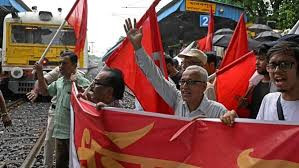
IIE DIGITAL DESK : Kolkata and other parts of West Bengal saw a mixed response to the nationwide Bharat Bandh on July 9, 2025, with authorities and residents alike navigating through both calm and tension zones as they monitored bank services, public transport, and civic life.
The state government had directed all its employees to report for work and issued strict orders against unauthorized leave, permitting time off only for serious emergencies such as hospitalizations. With approximately 5,000 police and security personnel deployed across Kolkata, authorities were determined to maintain normalcy, especially protecting transport operators and commuters .
Public transportation, from buses and ferries to trams, metro, and suburban trains, continued operating in line with a typical weekday schedule. The state transport department had deployed additional vehicles, ensuring movement remained largely unaffected .the banking sector faced turbulence: while bank unions didn’t formally declare participation, union organizers maintained that public and cooperative bank employees joined the strike, raising concerns over cheque clearances and routine transactions .
Outside the city, Left-aligned trade union activists actively attempted to enforce the bandh. In Howrah, there were reported clashes as police resorted to lathicharge to disperse picketing workers , tracks at Jadavpur, Diamond Harbour, and Shyamnagar—crucial commuter routes—saw attempts at blockades, though full-scale disruptions were largely contained thanks to preemptive police deployments .
In Siliguri and Jalpaiguri, shops had shuttered early on, and streets in several districts appeared deserted during the bandh's initial hours . In North Bengal, drivers donned helmets as a precaution against possible unrest, yet buses continued to operate under strict police watch .
while Kolkata’s day-to-day functioning showed resilience, the rural and semi-urban peripheries were a different story. Protests in these regions carried symbolic power that matched the political undertones of the bandh. In Bhubaneswar, Bihar, Kerala, and other states, public transport halts and highway blockades drew attention to a larger national upheaval over labour reforms.
Trade unions are demanding a roll-back of the four labour codes passed in 2020, an increase in MNREGA wages, recruitment in public sector units, and opposing policies deemed "pro‑corporate" by critics . These demands resonate strongly with Left-led cadres in West Bengal, motivating enforcement efforts despite local government attempts to maintain normal operations.
West Bengal’s response to the July 9 Bharat Bandh reflects a key balance: urban calm carefully managed by authorities, juxtaposed against rural agitation and symbolic defiance. With banks under strain, transport systems largely intact, and police presence decisive, the state’s handling of the strike offers a window into how political solidarity, institutional preparedness, and civic conduct intersect on days of nationwide protest.
You might also like!



